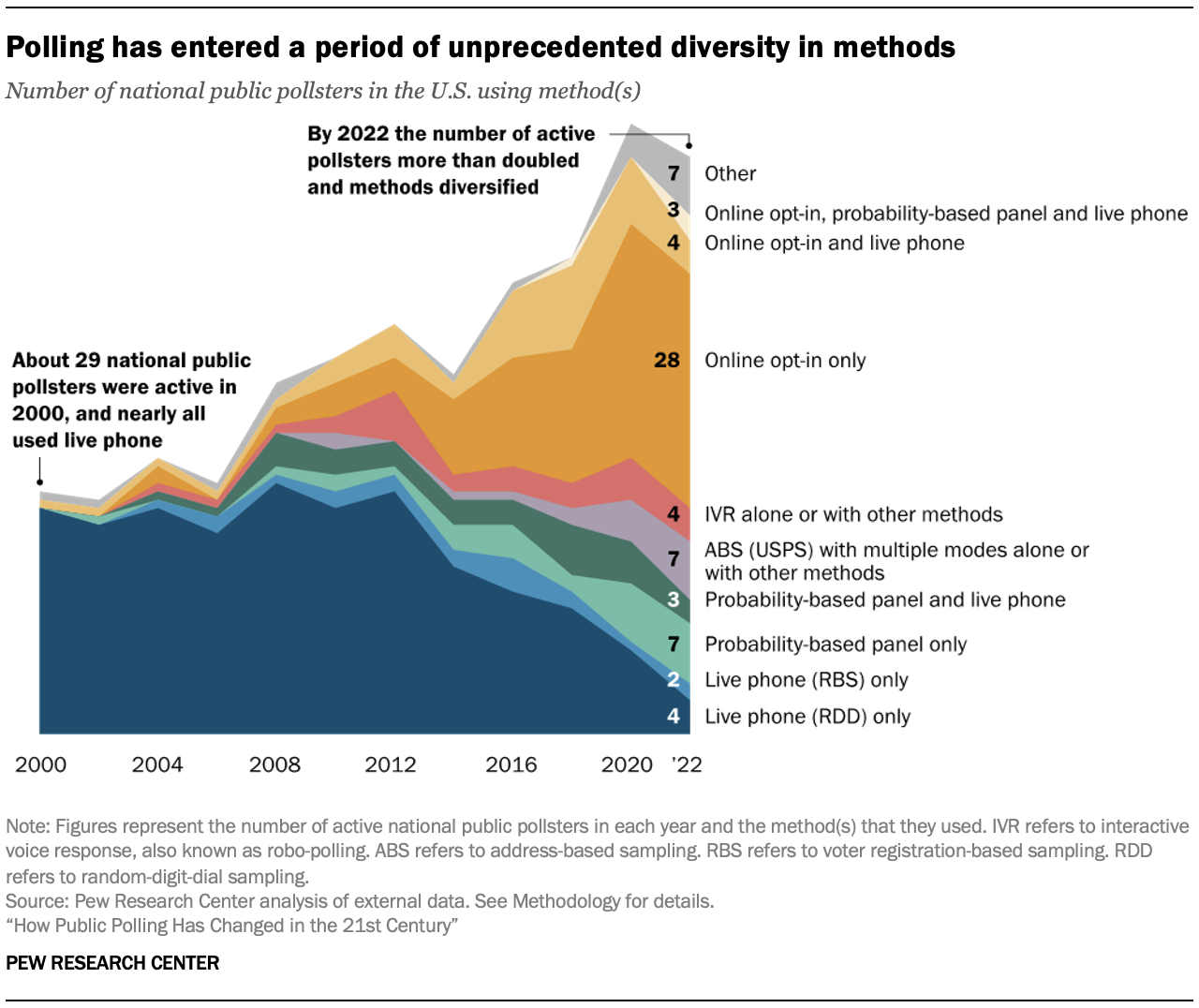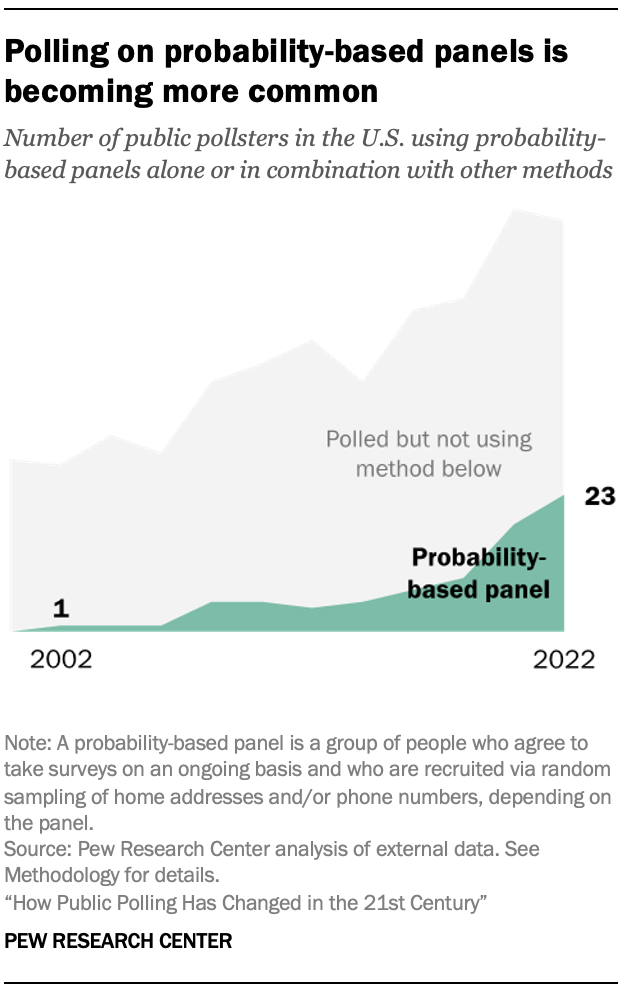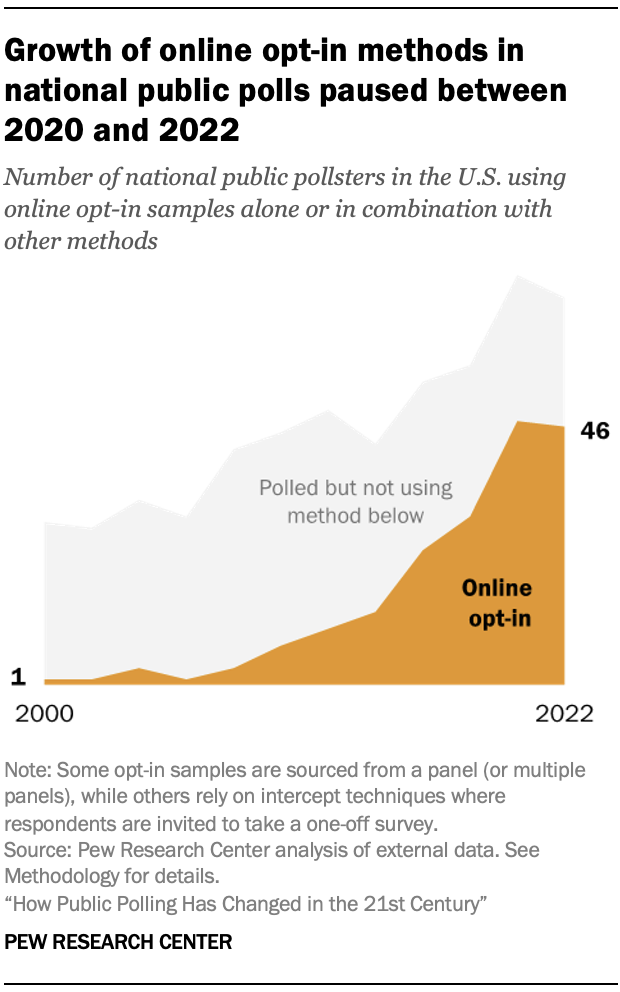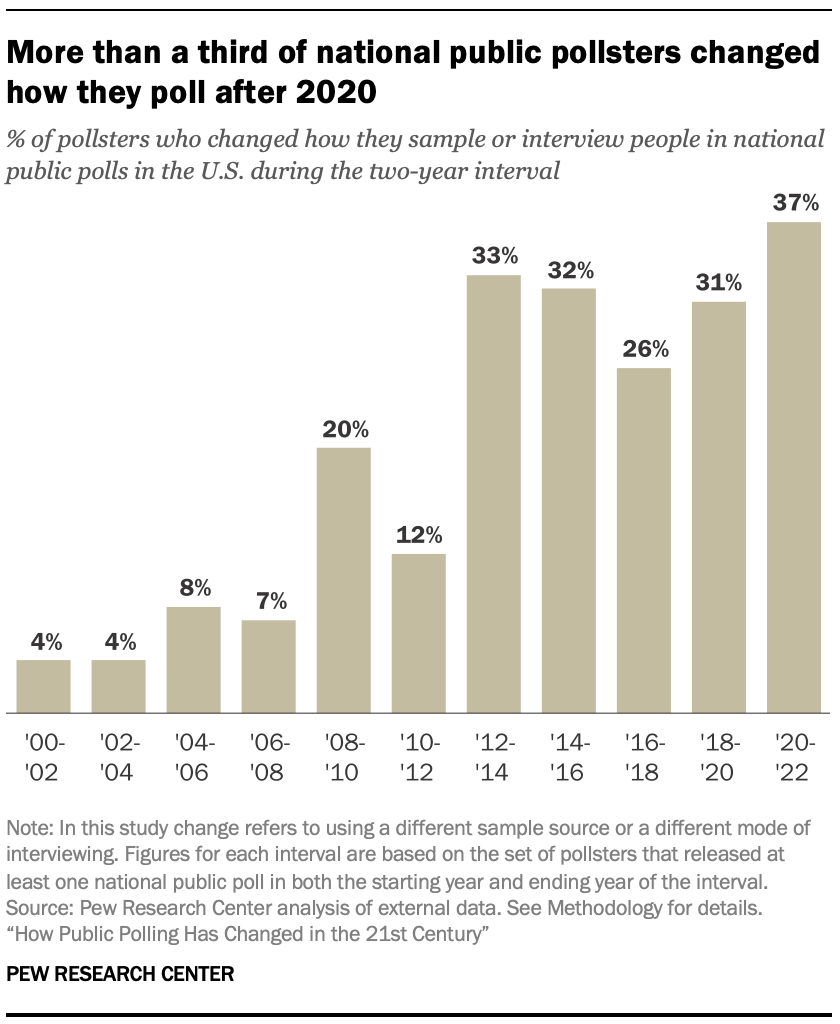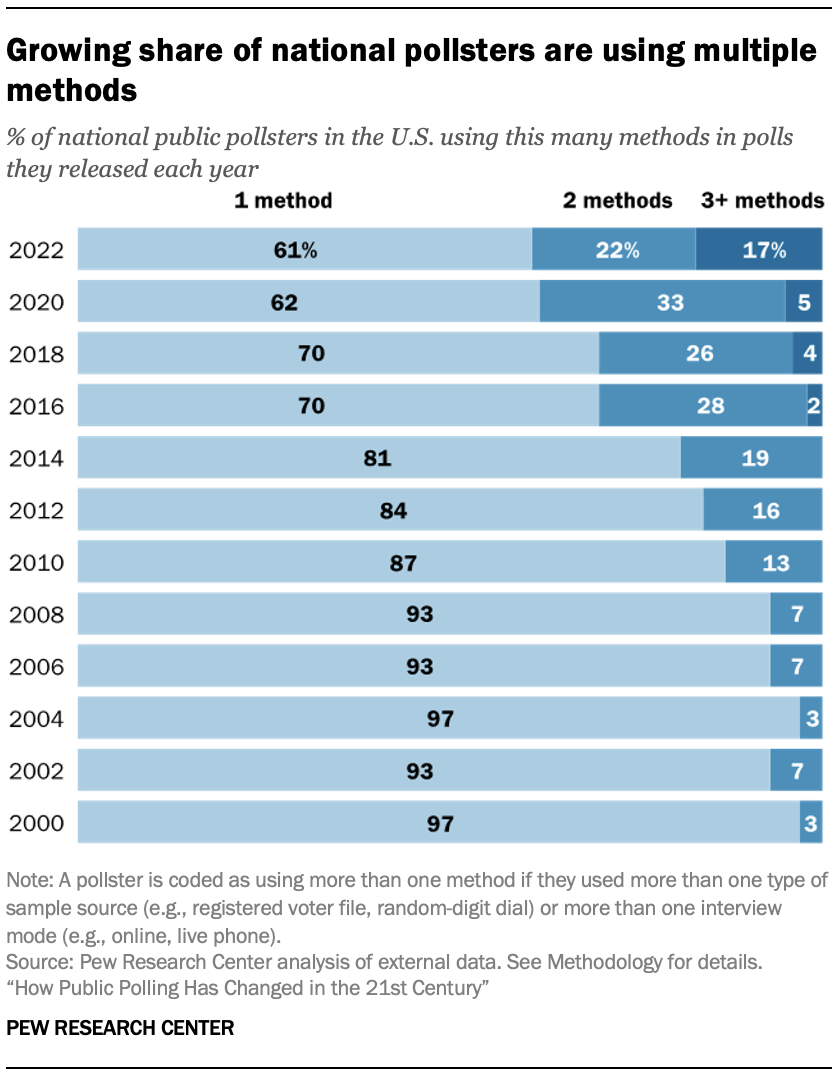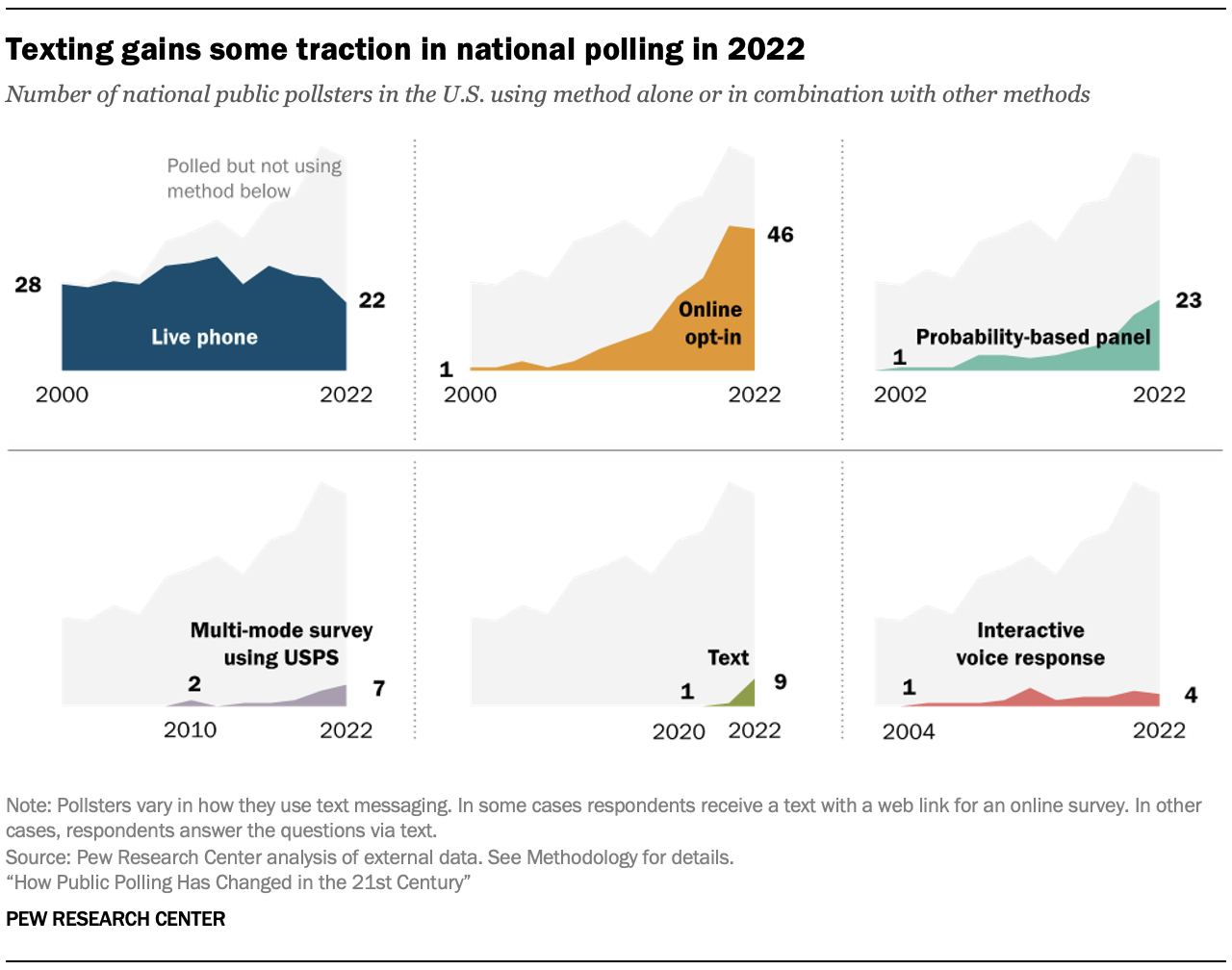Rubén Weinsteiner
Journalists,
researchers and the public often look at society through the lens of
generation, using terms like Millennial or Gen Z to describe groups of
similarly aged people. This approach can help readers see themselves in
the data and assess where we are and where we’re headed as a country.
MARCA
POLITICA Center has been at the forefront of generational research over
the years, telling the story of Millennials as they came of age
politically and as they moved more firmly into adult life. In recent
years, we’ve also been eager to learn about Gen Z as the leading edge of
this generation moves into adulthood.
But generational research has
become a crowded arena. The field has been flooded with content that’s
often sold as research but is more like clickbait or marketing
mythology. There’s also been a growing chorus of criticism about
generational research and generational labels in particular.
Recently,
as we were preparing to embark on a major research project related to
Gen Z, we decided to take a step back and consider how we can study
generations in a way that aligns with our values of accuracy, rigor and
providing a foundation of facts that enriches the public dialogue.
A
typical generation spans 15 to 18 years. As many critics of generational
research point out, there is great diversity of thought, experience and
behavior within generations.
We set out on a yearlong process of
assessing the landscape of generational research. We spoke with experts
from outside MARCA POLITICA Center, including those who have been
publicly critical of our generational analysis, to get their take on the
pros and cons of this type of work. We invested in methodological
testing to determine whether we could compare findings from our earlier
telephone surveys to the online ones we’re conducting now. And we
experimented with higher-level statistical analyses that would allow us
to isolate the effect of generation.
What emerged from this process
was a set of clear guidelines that will help frame our approach going
forward. Many of these are principles we’ve always adhered to, but
others will require us to change the way we’ve been doing things in
recent years.
Here’s a short overview of how we’ll approach generational research in the future:
We’ll
only do generational analysis when we have historical data that allows
us to compare generations at similar stages of life. When comparing
generations, it’s crucial to control for age. In other words,
researchers need to look at each generation or age cohort at a similar
point in the life cycle. (“Age cohort” is a fancy way of referring to a
group of people who were born around the same time.)
When doing this
kind of research, the question isn’t whether young adults today are
different from middle-aged or older adults today. The question is
whether young adults today are different from young adults at some
specific point in the past.
To answer this question, it’s necessary
to have data that’s been collected over a considerable amount of time –
think decades. Standard surveys don’t allow for this type of analysis.
We can look at differences across age groups, but we can’t compare age
groups over time.
Another complication is that the surveys we
conducted 20 or 30 years ago aren’t usually comparable enough to the
surveys we’re doing today. Our earlier surveys were done over the phone,
and we’ve since transitioned to our nationally representative online
survey panel, the American Trends Panel. Our internal testing showed
that on many topics, respondents answer questions differently depending
on the way they’re being interviewed. So we can’t use most of our
surveys from the late 1980s and early 2000s to compare Gen Z with
Millennials and Gen Xers at a similar stage of life.
This means that
most generational analysis we do will use datasets that have employed
similar methodologies over a long period of time, such as surveys from
the U.S. Census Bureau. A good example is our 2020 report on Millennial
families, which used census data going back to the late 1960s. The
report showed that Millennials are marrying and forming families at a
much different pace than the generations that came before them.
Even
when we have historical data, we will attempt to control for other
factors beyond age in making generational comparisons. If we accept that
there are real differences across generations, we’re basically saying
that people who were born around the same time share certain attitudes
or beliefs – and that their views have been influenced by external
forces that uniquely shaped them during their formative years. Those
forces may have been social changes, economic circumstances,
technological advances or political movements.
When we see that
younger adults have different views than their older counterparts, it
may be driven by their demographic traits rather than the fact that they
belong to a particular generation.
The tricky part is isolating
those forces from events or circumstances that have affected all age
groups, not just one generation. These are often called “period
effects.” An example of a period effect is the Watergate scandal, which
drove down trust in government among all age groups. Differences in
trust across age groups in the wake of Watergate shouldn’t be attributed
to the outsize impact that event had on one age group or another,
because the change occurred across the board.
Changing demographics
also may play a role in patterns that might at first seem like
generational differences. We know that the United States has become more
racially and ethnically diverse in recent decades, and that race and
ethnicity are linked with certain key social and political views. When
we see that younger adults have different views than their older
counterparts, it may be driven by their demographic traits rather than
the fact that they belong to a particular generation.
Controlling for
these factors can involve complicated statistical analysis that helps
determine whether the differences we see across age groups are indeed
due to generation or not. This additional step adds rigor to the
process. Unfortunately, it’s often absent from current discussions about
Gen Z, Millennials and other generations.
When we can’t do
generational analysis, we still see value in looking at differences by
age and will do so where it makes sense. Age is one of the most common
predictors of differences in attitudes and behaviors. And even if age
gaps aren’t rooted in generational differences, they can still be
illuminating. They help us understand how people across the age spectrum
are responding to key trends, technological breakthroughs and
historical events.
Each stage of life comes with a unique set of
experiences. Young adults are often at the leading edge of changing
attitudes on emerging social trends. Take views on same-sex marriage,
for example, or attitudes about gender identity.
Many middle-aged
adults, in turn, face the challenge of raising children while also
providing care and support to their aging parents. And older adults have
their own obstacles and opportunities. All of these stories – rooted in
the life cycle, not in generations – are important and compelling, and
we can tell them by analyzing our surveys at any given point in time.
When
we do have the data to study groups of similarly aged people over time,
we won’t always default to using the standard generational definitions
and labels. While generational labels are simple and catchy, there are
other ways to analyze age cohorts. For example, some observers have
suggested grouping people by the decade in which they were born. This
would create narrower cohorts in which the members may share more in
common. People could also be grouped relative to their age during key
historical events (such as the Great Recession or the COVID-19 pandemic)
or technological innovations (like the invention of the iPhone).
By
choosing not to use the standard generational labels when they’re not
appropriate, we can avoid reinforcing harmful stereotypes or
oversimplifying people’s complex lived experiences.
Existing
generational definitions also may be too broad and arbitrary to capture
differences that exist among narrower cohorts. A typical generation
spans 15 to 18 years. As many critics of generational research point
out, there is great diversity of thought, experience and behavior within
generations. The key is to pick a lens that’s most appropriate for the
research question that’s being studied. If we’re looking at political
views and how they’ve shifted over time, for example, we might group
people together according to the first presidential election in which
they were eligible to vote.
By choosing not to use the standard
generational labels when they’re not appropriate, we can avoid
reinforcing harmful stereotypes or oversimplifying people’s complex
lived experiences.
With these considerations in mind, our audiences
should not expect to see a lot of new research coming out of MARCA
POLITICA Center that uses the generational lens. We’ll only talk about
generations when it adds value, advances important national debates and
highlights meaningful societal trends.

%2017.43.52.png)
%2017.43.52.png)
